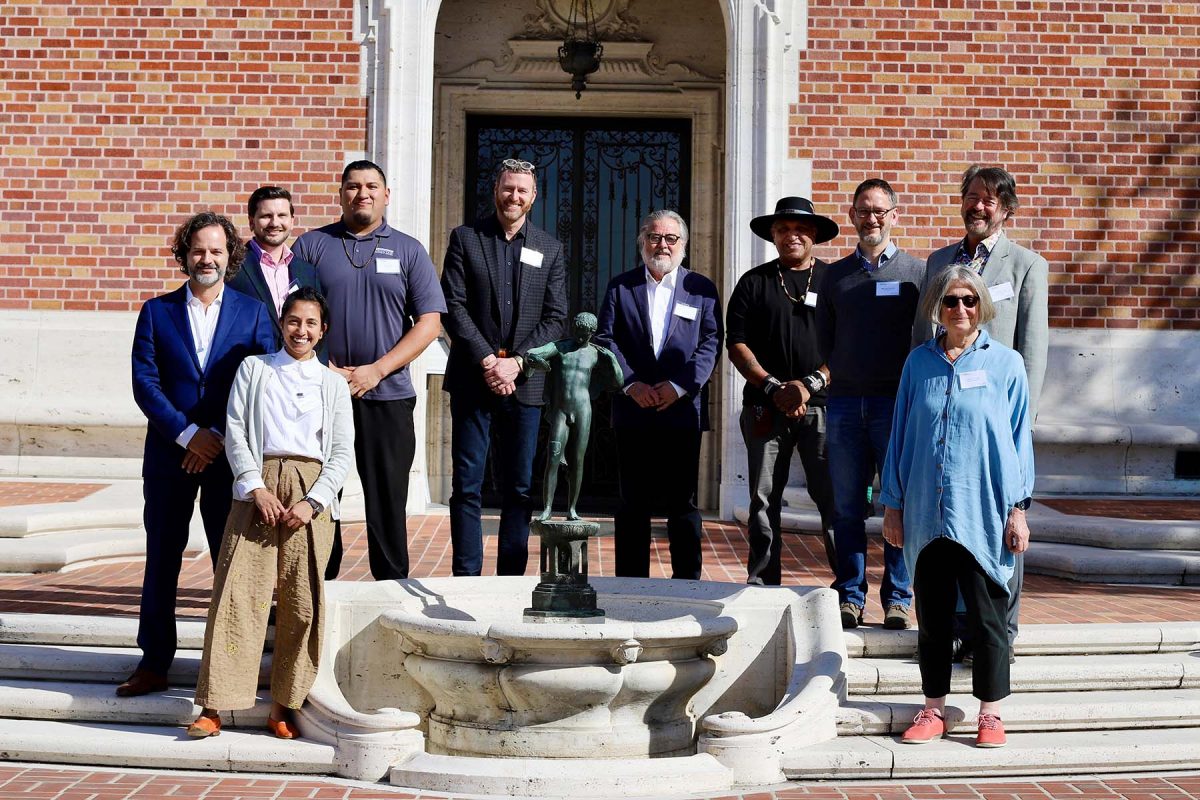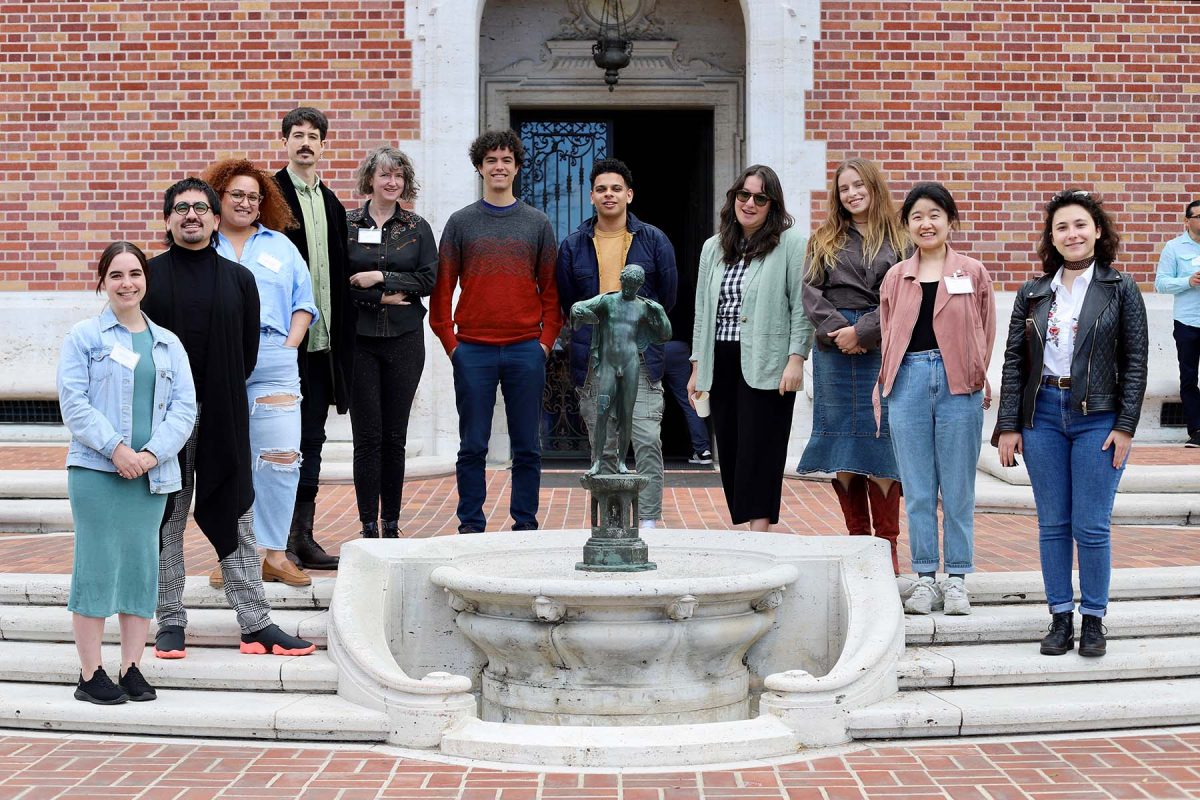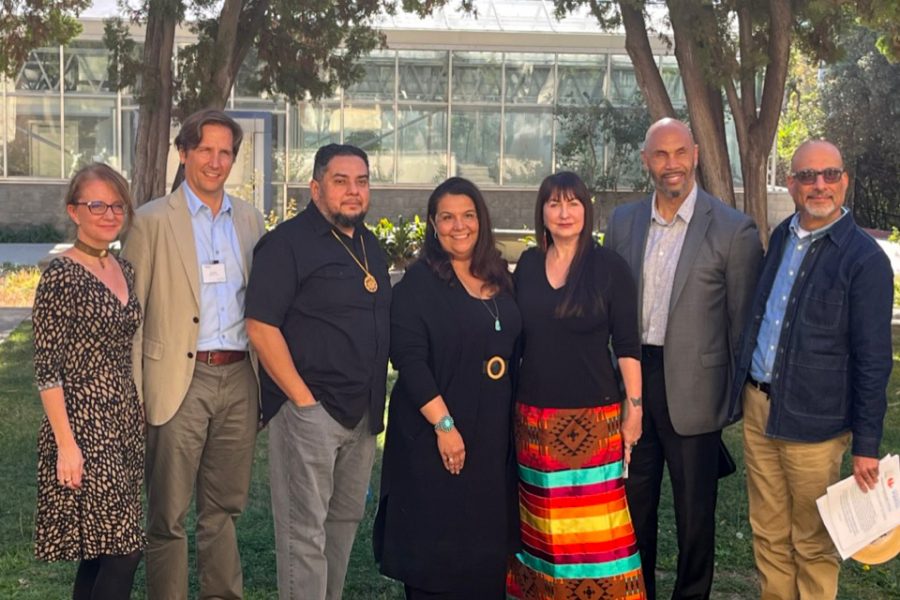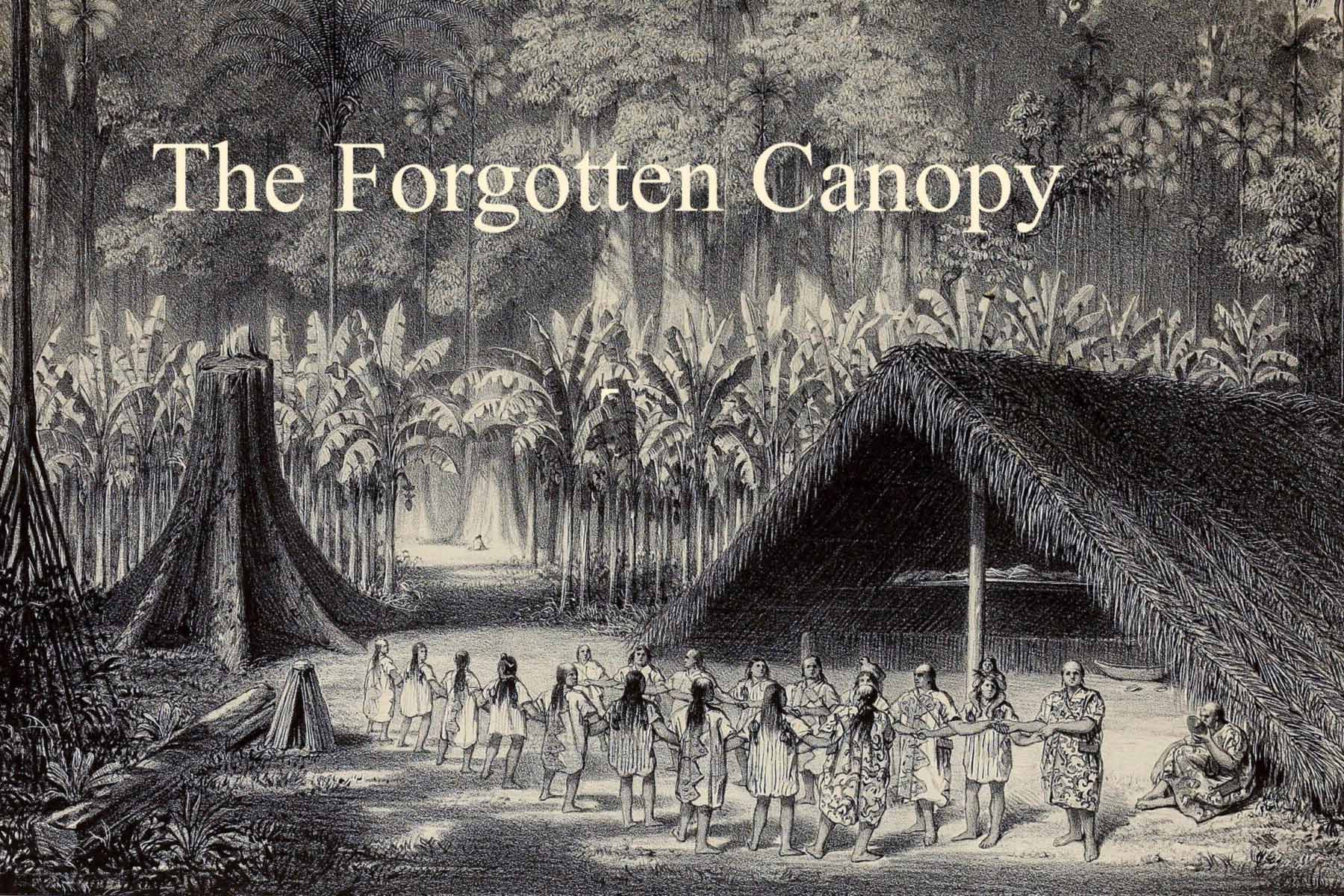
A Florida State University art history professor and a group of graduate students are working to uncover and preserve the architectural traditions of Indigenous and African diasporic communities in the Americas through a series of conferences and workshops.
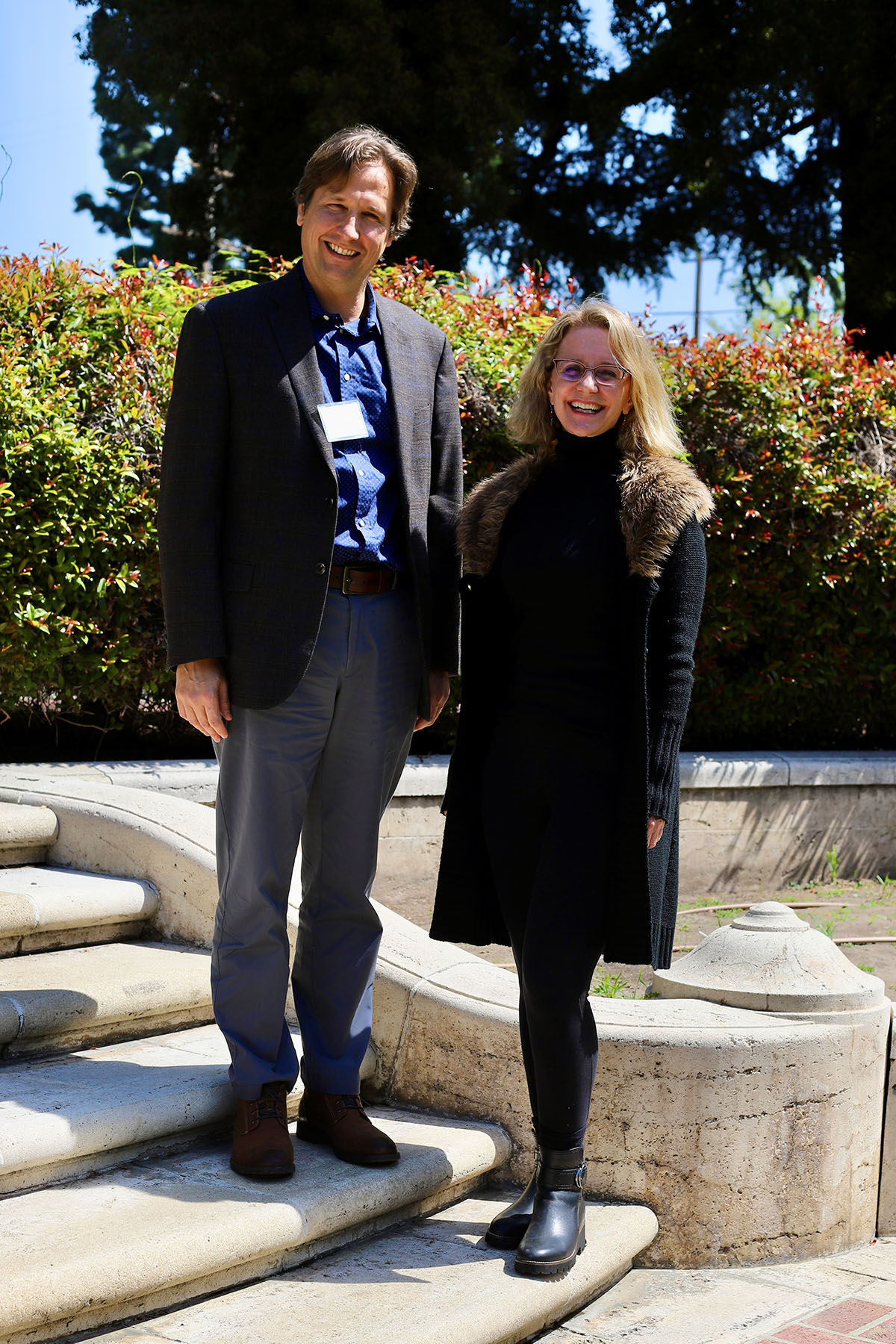
Over the past year, Paul Niell, FSU associate professor of Caribbean art and architectural history, collaborated with Stella Nair, associate professor of Indigenous Arts of the Americas at the University of California, Los Angeles, Indigenous knowledge keepers and graduate students at both universities to organize a three-part conference series, “Forgotten Canopy: Ecology, Ephemeral Architecture, and Imperialism in the Caribbean, South American, and Transatlantic Worlds.”
Historically, thatch work architecture actively made by Indigenous and African diasporic communities in the Americas has been excluded from scholarly discussions and considered “primitive” due to construction methods. Scholarship has focused on monumental stone buildings, such as those at Machu Picchu or Tikal, even though the domestic thatched house as an architectural form and social practice has persisted far longer than stone temples or palaces.
“This conference series brings to light this understudied area of architectural history at precisely a moment when we need to most think about the material sustainability of our daily lives within the context of global environmental degradation, inequity and climate change,” said Michael Carrasco, associate dean for academic affairs and research and associate professor of Art History and Cultural Heritage Studies.
The conference series brought together Indigenous knowledge keepers and scholars in architectural history, archaeobotany, cultural anthropology, archaeology, heritage studies and art history to discuss complex ecologies in the Indigenous Caribbean and South American worlds; “Ephemeral Architecture,” highlighting American traditions; and “Imperialism,” which considered the impact of imperial transformations in the Caribbean and South America.
Each of the Forgotten Canopy conferences also featured a critical community-based workshop funded by the Terra Foundation for American Art and sponsored in partnership with the American Indian Studies Center of UCLA, directed by Shannon Speed, tribal citizen of the Chickasaw Nation of Oklahoma and professor of Gender Studies and Anthropology at UCLA.
“We learned so many new things about these neglected architectural traditions of the Americas this year,” Niell said. “The program underscored the importance of an interdisciplinary approach to the topic. Our conferences and workshops also exposed the vital importance of considering the perspectives of Indigenous knowledge keepers and other community members when we approach and think about this kind of architecture.”
Among the conference speakers were Everett Osceola, Seminole Tribe of Florida Cultural Ambassador and a member of the Bird Clan, who was interviewed by Speed. Osceola discussed the making and use of traditional Seminole dwellings known as “chickees,” a structure made of cypress logs with palmetto thatched roofs, and their evolution through time.

“During these conferences, we built a community around this topic, connecting knowledge keepers previously unknown to one another who had the opportunity to exchange views about their respective traditions,” Niell said. “Our approach also challenged academics to consider local knowledge, exposing disciplinary linkages.”
Lorenzo Pericolo, Vincent V. and Agatha Thursby Professor and chair of the Department of Art History said the department is incredibly proud of Niell and his students’ work on this project.
“The Forgotten Canopy is making strides toward addressing critical blind spots in our field when it comes to the study of architecture, as well as preserving valuable knowledge for future generations,” he said.
For more information, visit TheForgottenCanopy.create.fsu.edu.





